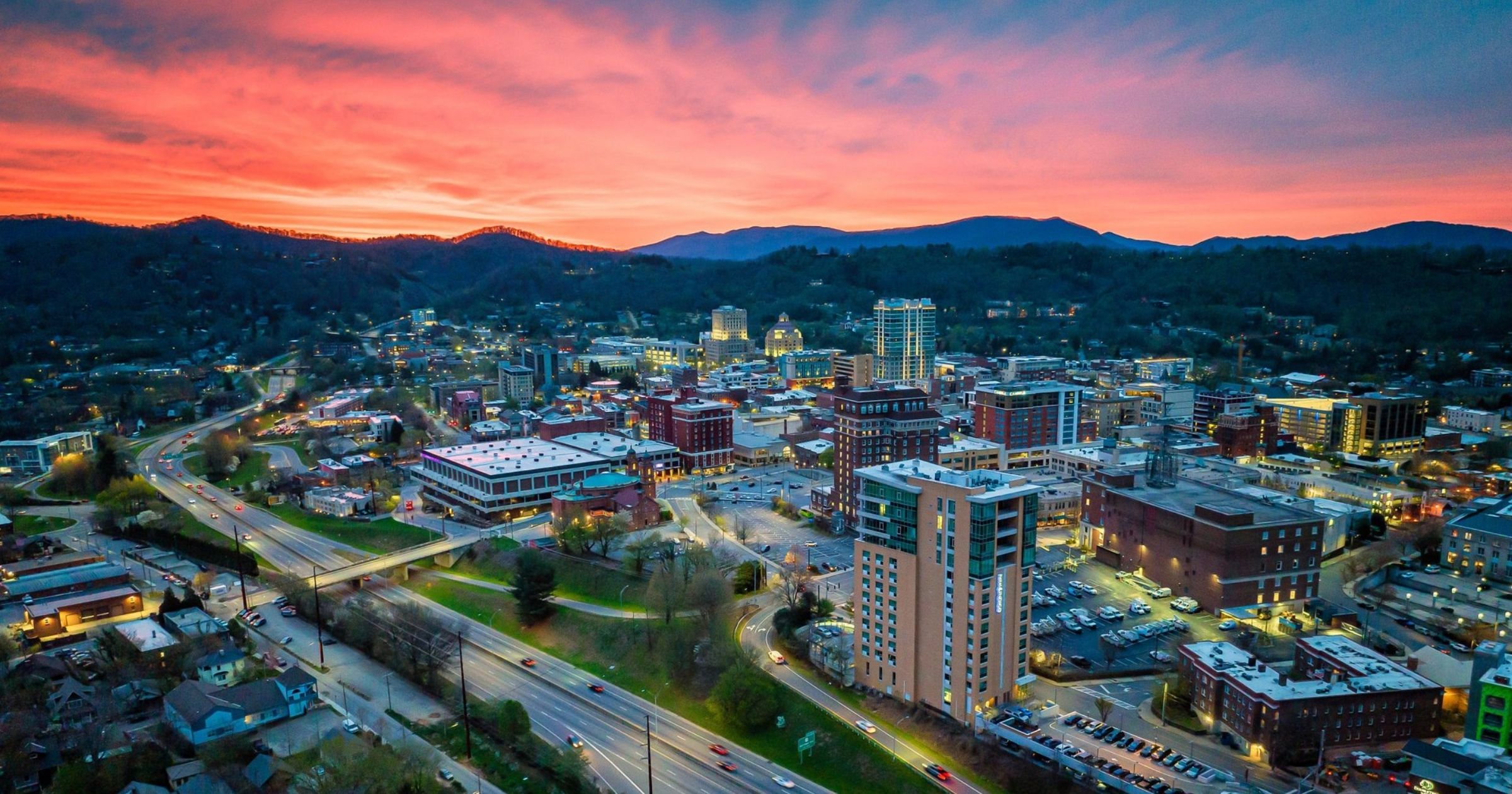
Quest for the Sublime
Making its sole United States appearance at Frist Art Museum in Nashville, organized in cooperation with Tate Britain, is J.M.W. Turner: Quest for the Sublime.
Groups could take in this exhibition of extraordinary oil paintings, luminous watercolors and evocative sketches by Joseph Mallord William Turner, February 20 through May 31, 2020.
Widely recognized as Britain's greatest painter and among the most highly regarded landscape painters in Western art, Turner has been long admired for his ingenuity, originality, and passion. Turner strove to convey human moods and the feeling of awe aroused by nature's immensity and power—its palpable atmospheres, pulsating energy, the drama of storms and disasters, and the transcendent effect of pure light.
With approximately 75 works, the exhibition shares highlights in the British painter's career from the 1790s to the late 1840s, from dizzying mountain scenes and stormy seascapes to epic history paintings and mysterious views of Venice.
"For Turner, psychological expression and the liberation of the imagination were of paramount importance," said David Blayney Brown, senior curator, 19th-century British art, Tate Britain. "He achieved these goals in images of the landscape that evoked human moods by portraying extreme contrasts of intense light and gloomy clouds, dramatic topographies, and energetic brushstrokes."
Turner portrays climatic events not only as compelling forces by themselves but also as settings and metaphor for historical and modern dramas. Societal and technological changes are captured as well, with images of steamships and other suggestions of industry signaling the forthcoming machine age. The exhibition also includes elemental images of sea and sky, painted late in Turner's life, which appear nearly abstract.
"As industrialization progressed, people gradually began to develop a longing for the awe-inspiring power and beauty of untouched nature and natural forces," Brown continued. "Turner was able to cater to this interest in his landscape paintings."
Other sections provide insight into Turner's process and working methods by exploring sketchbook studies, works in progress, and watercolors at various stages of completion. The exhibition concludes with a section devoted to Turner's fascination with the sea.
"As time passes, there is a progression from a more substantial, three-dimensional style to one that is more impressionistic and less solid," said Brown. "In these often-unfinished paintings, Turner stripped away subject and narrative to capture the pure energy of air, light, and water."
Learn more by visiting Frist Art Museum.
Written by Sarah Suydam, Staff Writer for Groups Today.
Photo courtesy of Nashville Convention & Visitors Corporation.



